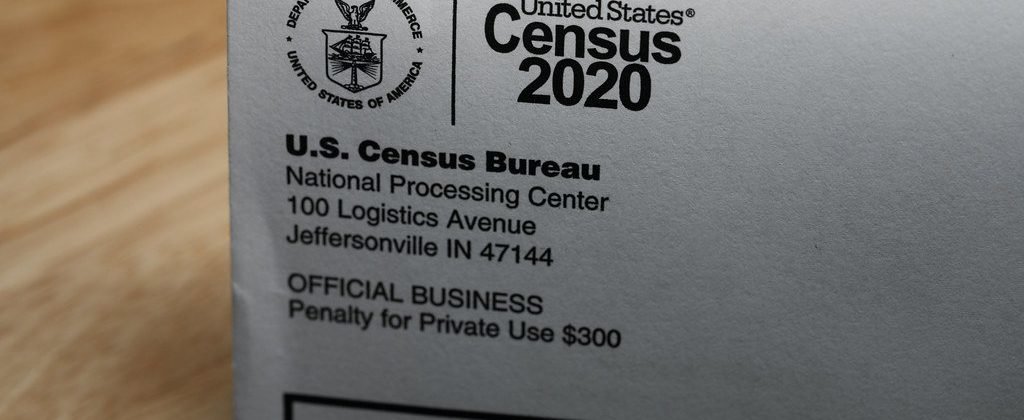

Yesterday the Census Bureau released 2020 state population counts. What does this mean for seats in the House of Representatives and Electoral votes afforded to each state?
David Wasserman at The Cook Political Report explains. Here is a taste:
The detailed data needed to draw official district lines won’t be released until the fall. But Republicans, who only need to pick up five seats to win back the House, enter the upcoming mapping wars with a clear advantage.
There was a much smaller shift than expected: only seven seats shifted between states, not the ten some estimates suggested. Texas was the big winner, picking up two seats. Colorado, Florida, Montana, North Carolina and Oregon each picked up one seat. But Florida and Texas both gained one less seat than expected, and Arizona missed out on picking up a seat — indicating a lower Hispanic count than estimates anticipated.
On the negative side of the ledger, seven states will lose one seat each: California, Illinois, Michigan, New York, Ohio, Pennsylvania and West Virginia (this is the first time California will lose a seat since statehood). But Alabama, Rhode Island and Minnesota each breathed a huge sigh of relief, as they narrowly averted a loss. Amazingly, Minnesota beat out New York for the 435th and final House seat by just 89 residents.
The reapportionment counts alone offer a small net boost for Republicans: had the 2020 presidential election been held under the new apportionment counts, President Biden would have won the White House with 303, rather than 306, electoral votes.
Read the rest here.